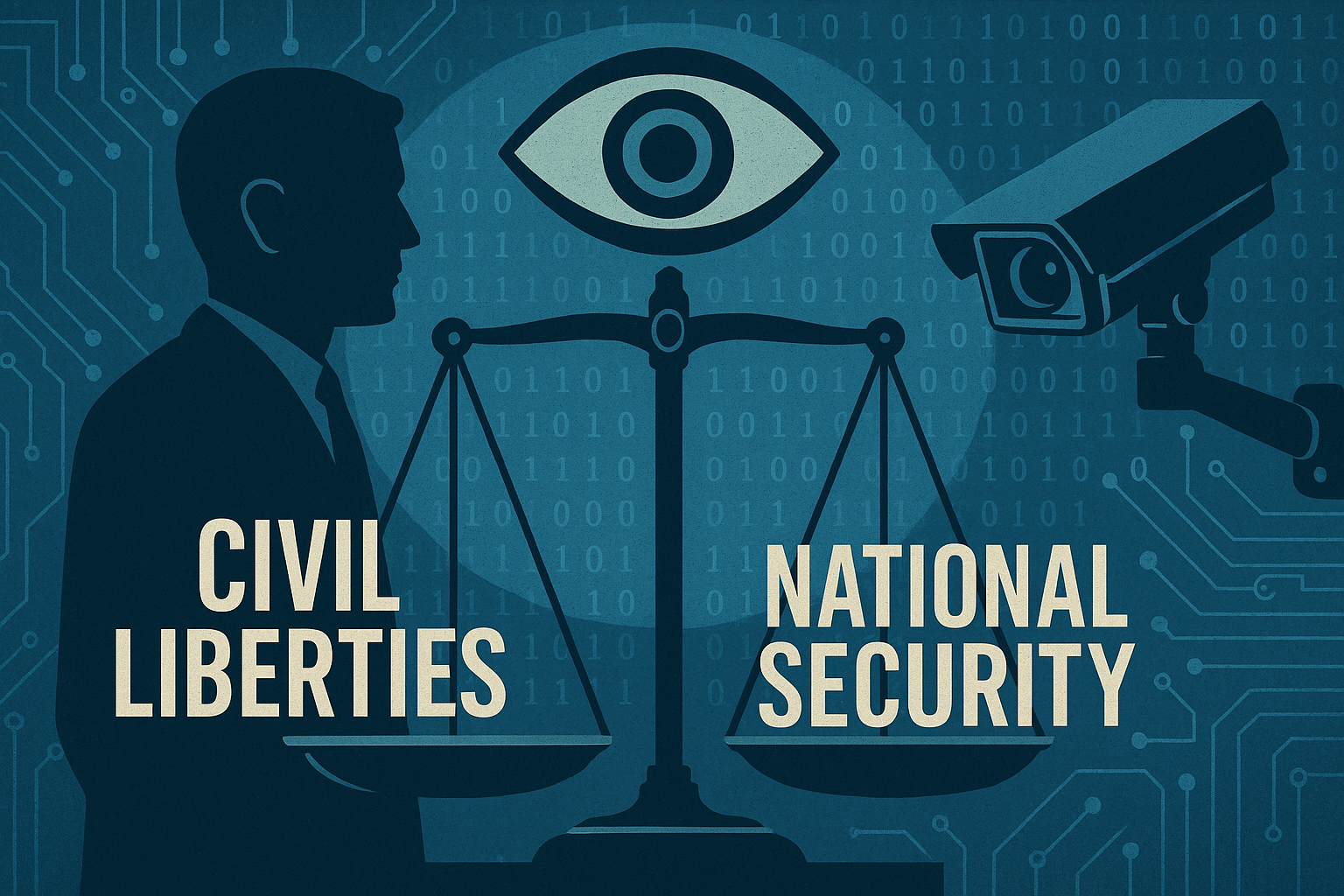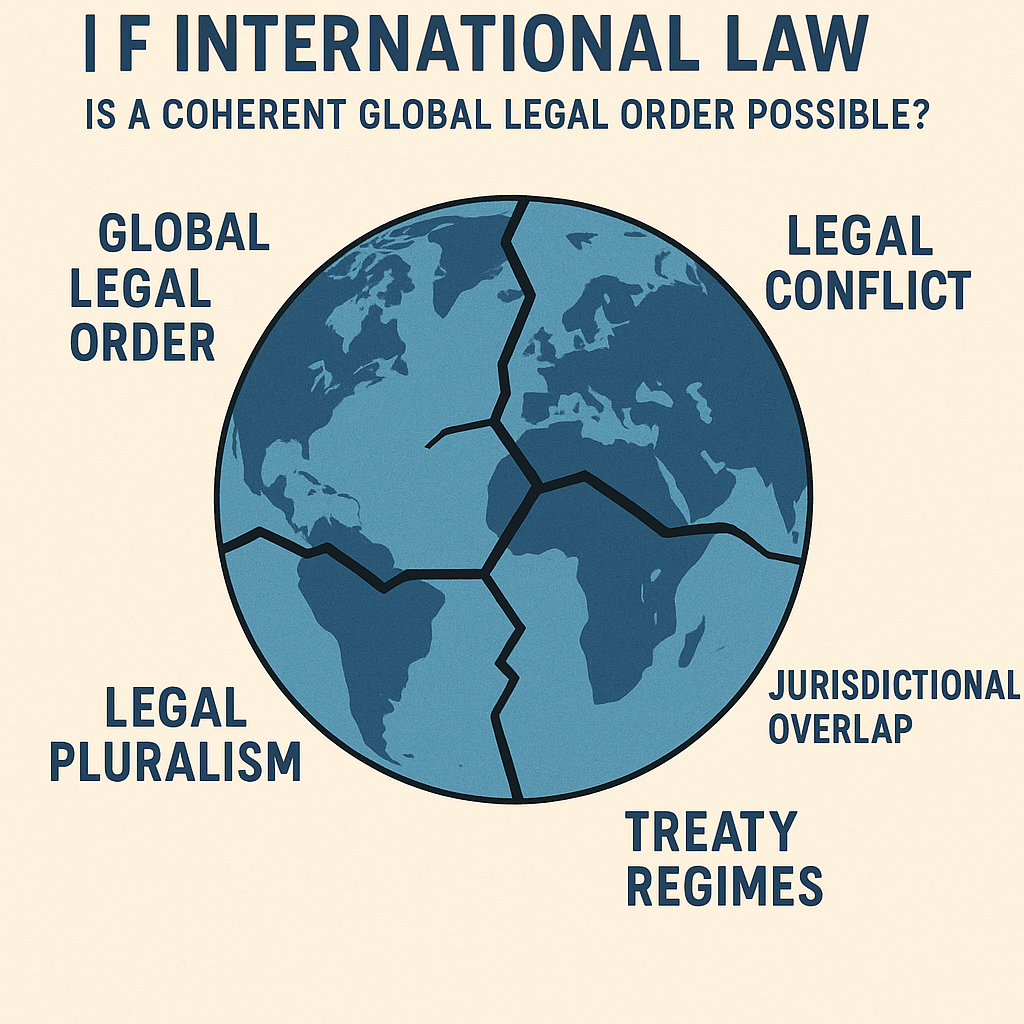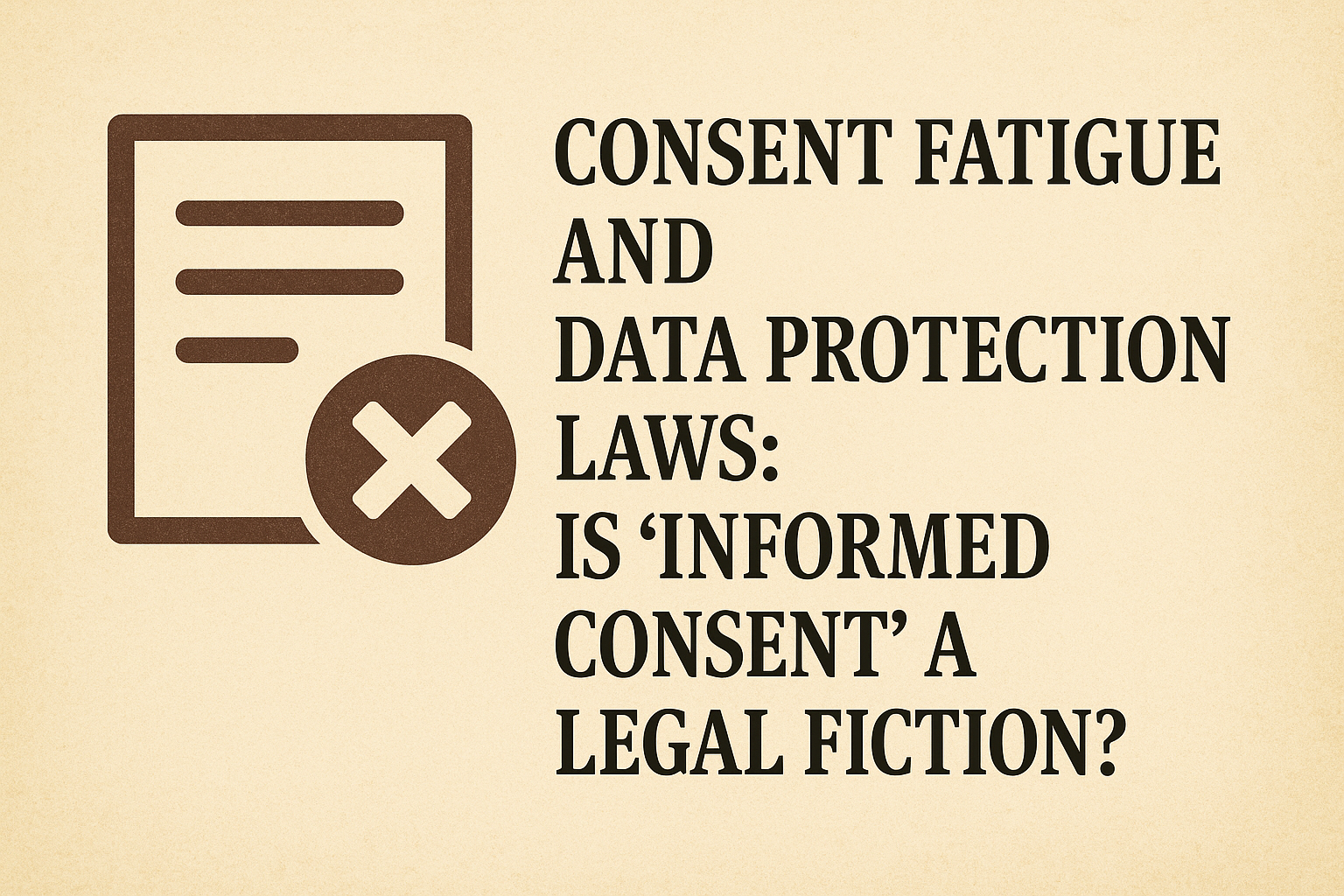Article
44 through the Lens of Article 25: Constitutional Cohesion, Not Conflict
Introduction:
Harmonizing Religious Freedom and Legal Uniformity
At
the heart of India’s constitutional fabric lie two seemingly divergent
provisions: Article 25, which protects the freedom of religion, and Article 44,
which advocates for a Uniform Civil Code (UCC). While often perceived as
conflicting, these provisions can be reconciled within a framework that
respects both spiritual liberty and legal equality. This article explores how
Article 44, as a Directive Principle, complements rather than contradicts the
guarantees of Article 25.
I.
Constitutional Positioning: Mapping the Textual Scope of Articles 25 and 44
Article
25 guarantees every individual the right to freely profess, practice, and
propagate religion, but subjects it to public order, morality, health, and
other fundamental rights. Article 44, embedded within the Directive Principles
of State Policy, envisions the eventual harmonization of personal laws across
religions to ensure uniformity in civil rights. This classification clarifies
that Article 25 protects belief and ritual, while Article 44 guides legal
reform in secular matters like marriage, divorce, and inheritance.
II.
Limits to Religious Freedom: The Built-in Constitutional Restraints
The
framers of the Constitution anticipated the need to regulate the secular
dimensions of religion. Article 25 explicitly allows state intervention in the
interest of public welfare. This includes the state’s ability to reform or
abolish practices inconsistent with human dignity, even if they originate in
religious tradition. Thus, civil matters regulated under personal law fall
within the ambit of permissible state action.
III.
Uniform Civil Code: Aspirational Law and its Interpretive Boundaries
Article
44 does not impose a uniformity of belief but seeks uniformity in the civil
consequences of personal relationships. It envisages a legal environment
where civil rights are delinked from religious identity, enhancing national
integration and gender justice. As a non-enforceable provision, it sets a
normative goal that the legislature may pursue through democratic deliberation.
IV.
Judicial Perspectives: Reconciling Religious Freedom with Legal Equity
Indian
jurisprudence has consistently underscored the state's authority to reform
personal laws in secular domains. Courts have clarified that the right to
religion does not encompass practices that infringe on individual rights or
constitutional values. Civil remedies such as maintenance or inheritance laws,
even when they override personal law, have been upheld as constitutionally
valid when promoting equity and justice.
V.
Doctrinal Distinctions: Differentiating Faith from Secular Practices
A
critical element in this discourse is the recognition that religion and law
operate in distinct domains. Article 25 safeguards belief, ritual, and worship,
but not the civil consequences of those beliefs. Personal laws governing
marriage, divorce, succession, and guardianship are not immutable aspects of
faith but state-regulated constructs open to reform under constitutional
mandates.
VI.
Comparative Jurisprudence: Pluralism and Uniformity in Global Legal Systems
Several
democracies with religious diversity, such as the United States, France, and
South Africa, maintain legal uniformity in civil matters while allowing
religious freedom in private rituals. These models affirm that a secular civil
code can coexist with vibrant religious diversity, providing a useful reference
for India’s contemplated UCC.
VII.
Implementational Pathways: Towards an Inclusive and Gradual Reform
The
introduction of a UCC must be cautious, consultative, and inclusive. A phased
approach—beginning with optional adoption or reform in areas like succession or
maintenance—can reduce friction. Engagement with religious and civil society
stakeholders can ensure that reform is perceived not as coercive but as a
consensual advancement of rights and justice.
Conclusion:
Constitutional Symbiosis, Not Contradiction
The
supposed tension between Article 25 and Article 44 dissolves when viewed
through the lens of constitutional harmony. The former guarantees religious
freedom in spiritual domains; the latter seeks uniformity in the civic realm.
Together, they reinforce a vision of India where personal faith is respected,
but civil justice is not compromised. Far from being contradictory, Articles 25
and 44 together embody the Indian Constitution’s profound commitment to both
diversity and equality.








